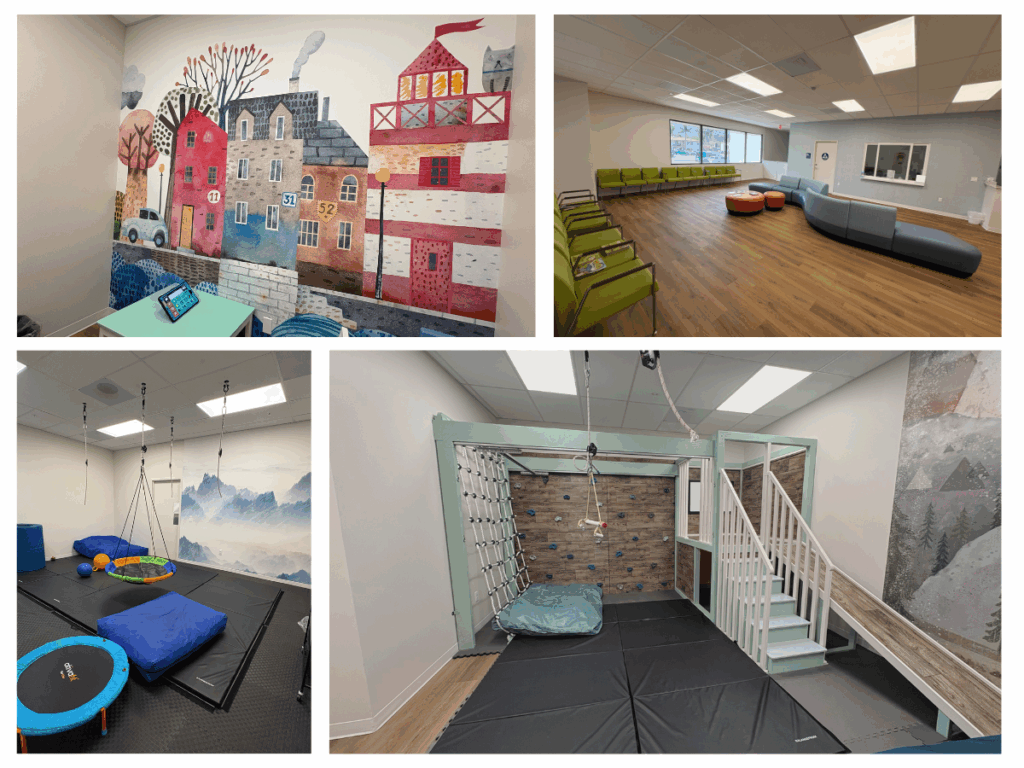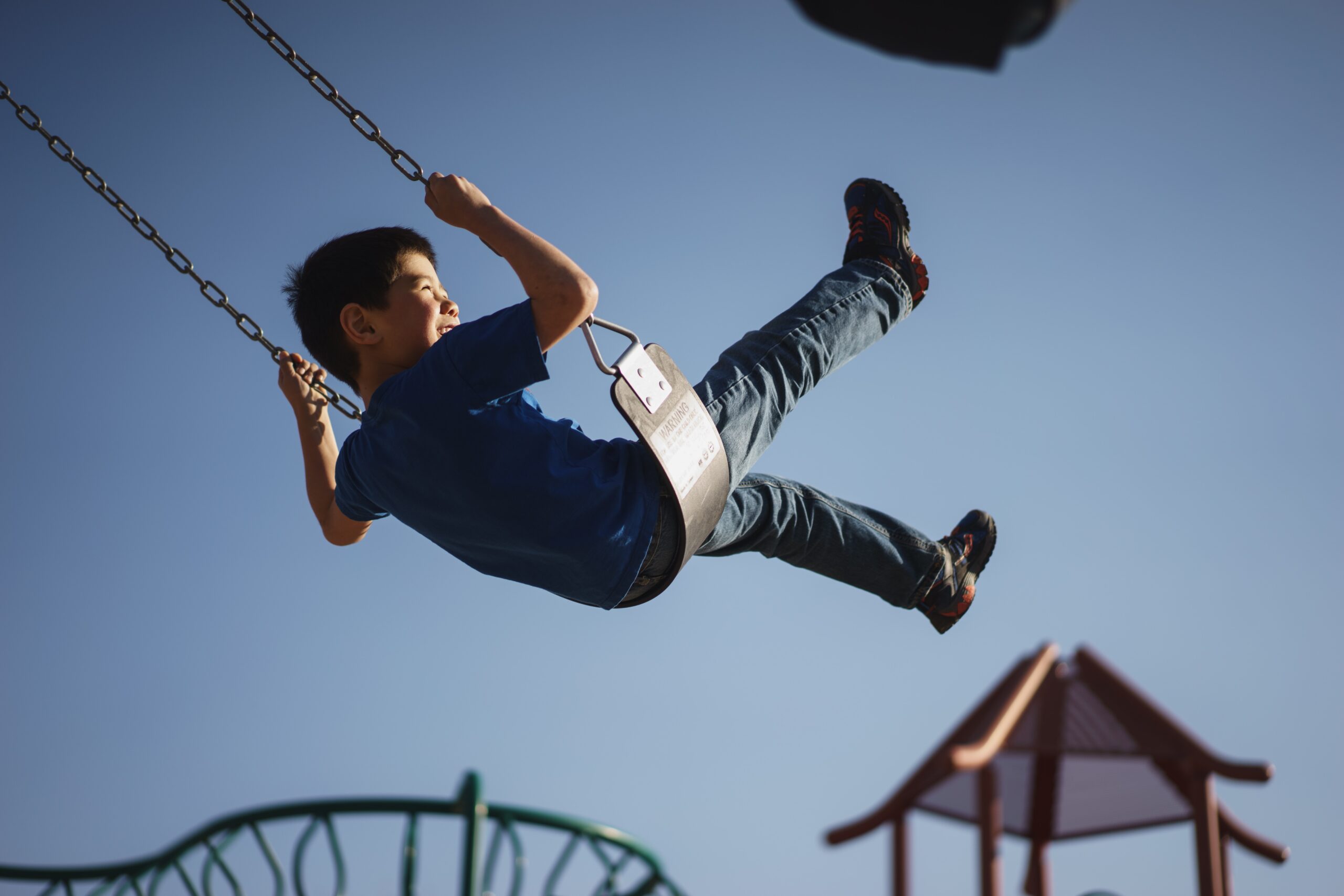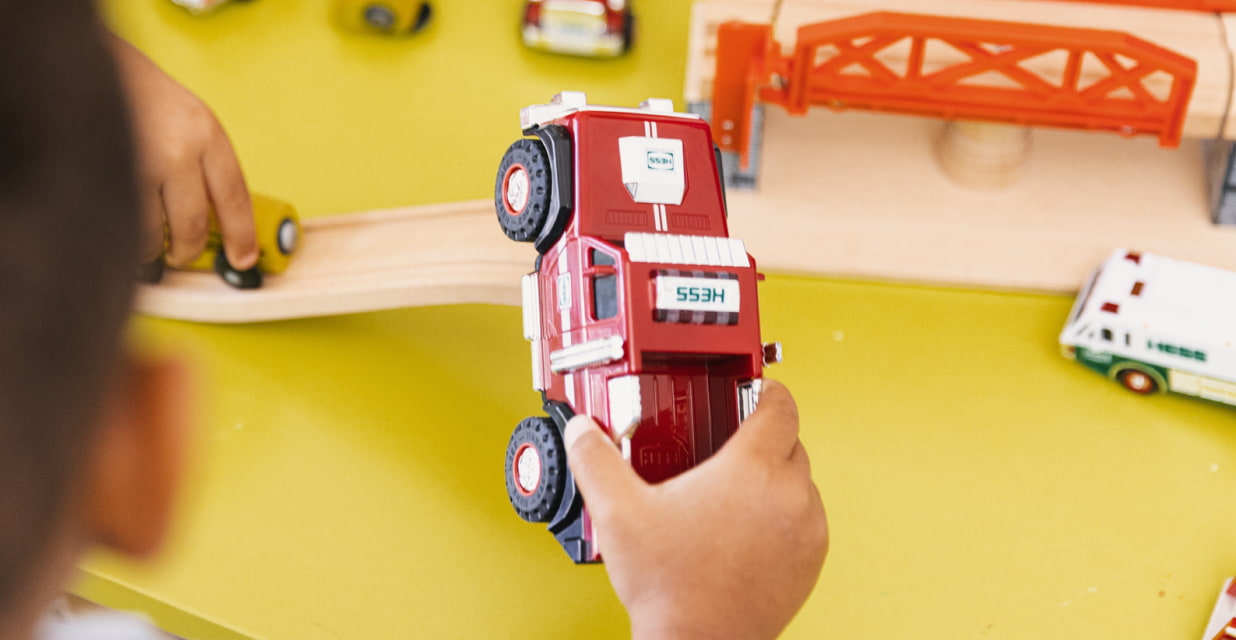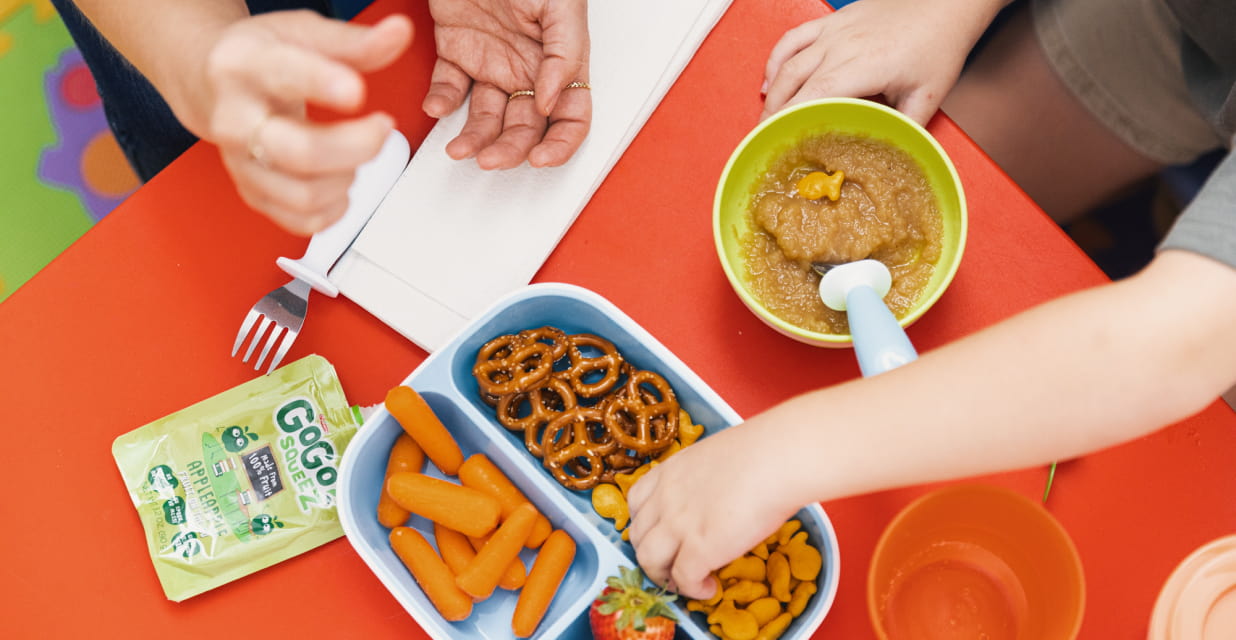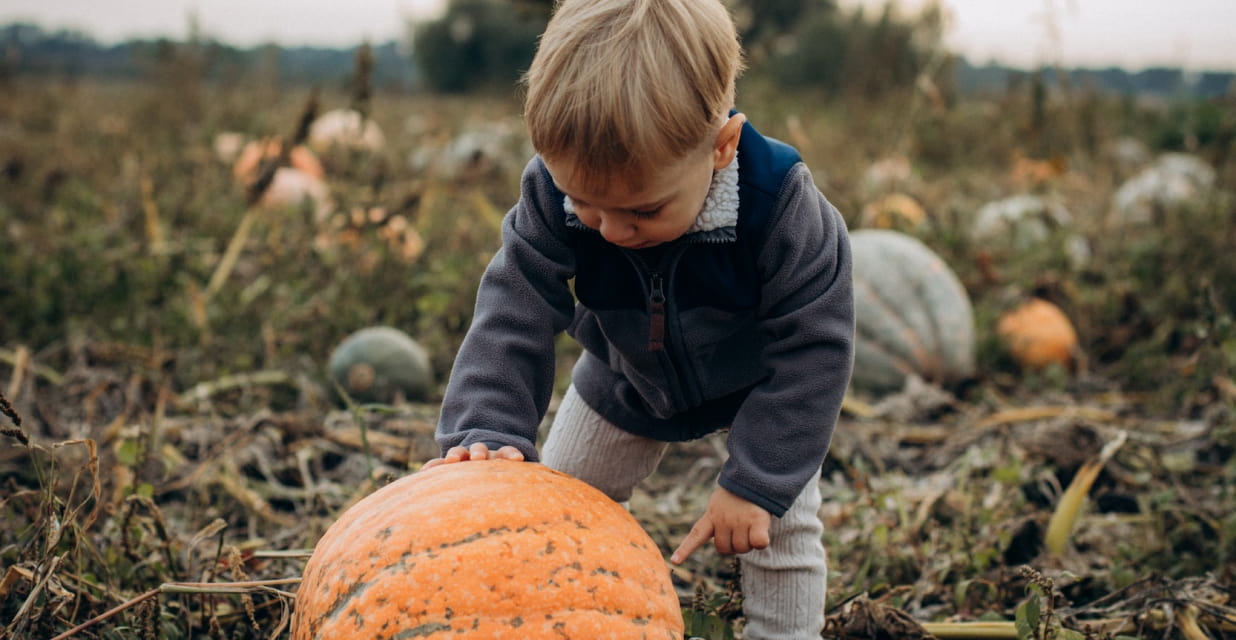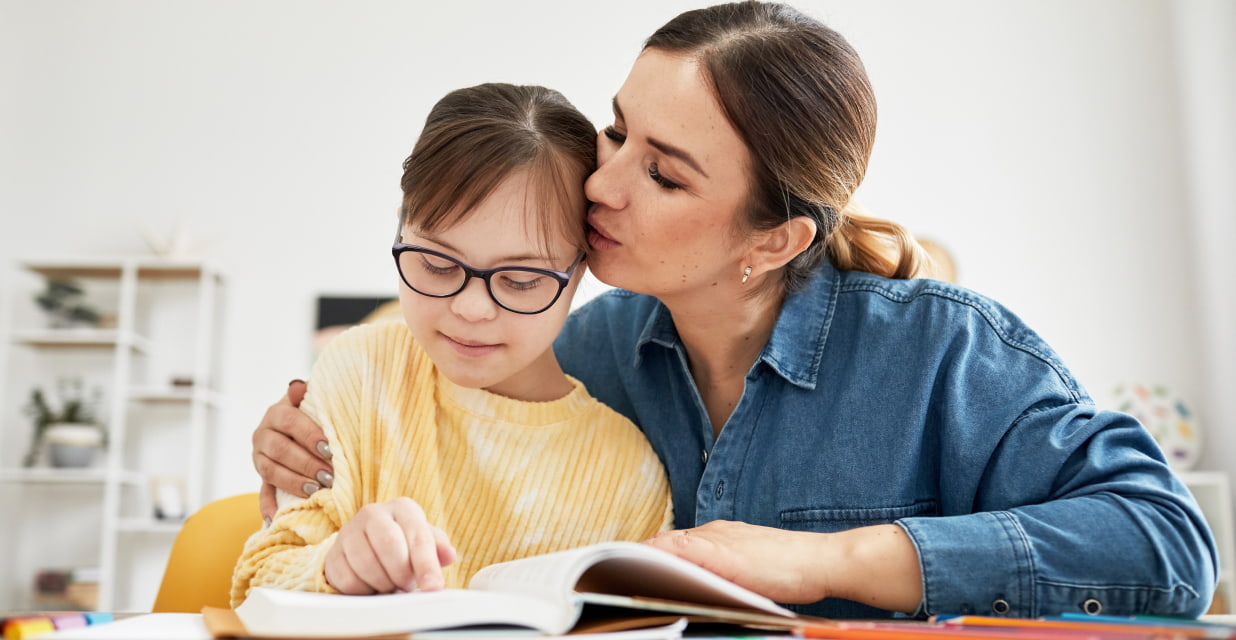SmallTalk is listening to you! In the last year and a half, we’ve heard you express your child’s needs, your own fears and frustrations, and the COVID-19-related obstacles you have encountered.
We empathize with you and understand the difficulties in juggling a little one’s developmental progress as you simultaneously deal with the concerns of a pandemic.
Can you relate to these challenges expressed by some of our clients?
- We knew our child needed help, but COVID concerns were confusing and worrying, so we stopped seeking services until now.
- We had a pandemic baby. So, we felt the need to stay safe at home with our child.
- We didn’t go out much because of COVID.
- School speech/language or occupational therapy via ZOOM at school did not work for our child, so we discontinued this until the pandemic was over.
If so, keep reading.
The Effects of a Pandemic
Over the past 18 months, the global effects of the COVID-19 pandemic rocked our society. Our country experienced a significant financial and human loss, and, as a result, many of our children suffered considerable speech/language, emotional, physical, or feeding delays. In addition, the temporary suspension of schools, parks, playgrounds, amusement parks, and other outlets limited their ability to embrace a sense of fun and learning. And travel restrictions forced a feeling of stagnation that further added to our children’s loss of opportunity to build important functional communication skills.
On top of all that, as safety concerns and the need to protect family health grew, most playdates, extra-curricular, and family outings were abruptly halted, decreasing our children’s exposure to building critical developmental milestones.
Learning how to develop meaningful in-person interactions with peers, understanding body/facial language and feelings, throwing a ball, balancing on a swing, holding a pencil, or exploring various sensory experiences are all crucial to a child’s development. They learn from experiencing different lights, sounds, smells, and textures that exist throughout our communities. Learning by example is vital. That phenomenon is stifled when, for example, the ability to explore new foods at restaurants is not permitted or the natural mimicking of peers, as they try different foods, is no longer happening.
SmallTalk’s Response
Our therapists have been proactive in working with our current families and addressing specific and individual situations. For the Speech-Language Pathology team, the lockdown caused a significant increase in referrals for children under three years who are experiencing a delay in functional expressive language such as verbalizing basic needs and wants. This team also helps children who have trouble being in groups and sharing. They assist little ones with their ability to play appropriately with toys and other children, as well as understanding age-appropriate language and guiding them to learn to follow directions.
For our school-age children, we are seeing an increase in the need for social groups as children have not had significant opportunities in school or extra-curricular activities to engage and bond with their peers.
Some families seeking extra support for their children found that virtual school therapy was inconsistent, ineffective, or not individualized. Others recognized that due to the severity of their child’s delays, engaging or participating in Zoom school/therapy seemed fruitless, resulting in the cessation of further attempts at treatment until clinics and schools once again provided in-person opportunities.
Our Occupational Therapy team is also providing increasing support to help children with sensory/regulation issues, exploring new foods/textures, attachment/separation anxiety concerns, and lack of core body strength.
At SmallTalk, we have the strong desire and expertise to help children with any speech/language or occupational therapy needs by providing an optimal environment for learning. We are here for you. In addition to working with your child at one of our three locations, we are also passionate about supporting you and your family by sharing ways that you can reinforce and practice the learned skills at home.
Here are some helpful tips that can target missing or delayed skills:
Early Intervention Language
- Promote child-led play: allow your child to pick their preferred play object and narrate their play. Tell them what they are doing, label objects.
- Keep the language simple – if your child speaks only in 1-word responses, narrate their play in no more than 2-3 words. Ex: child says “ball,” parent/sibling can say “big ball” or “go ball.”
- Limit the noisy toys, which limit a child’s ability to be imaginative and/or create their own sounds for the toys.
- Emphasize using cause/effect toys like blocks, stacking cups, cars, and ramps.
- Encourage requesting words in play like “more,” “help,” “want,” or “open” to help your child express wants, needs and limit frustrations.
- Daily routines such as bath time, snack, or mealtimes, are excellent language opportunities. Talk with your child about the activity, the whys, the hows, the sensations, or any related topic that promotes positive communication.
Social Skills
- Encourage a playdate.
- Consider enrolling them in daycare/pre-school.
- Encourage them to participate in a sport.
- Join a music or story-time class at a local library.
- Visit a playground/park with other children.
Feeding
- Have fun with new foods! Create fun, creative, and colorful displays.
- Give your child food choices- have them look fun and good.
- Get messy! Play with your food- kids may want to explore new foods before putting them in their mouths.
- Give new foods creative and silly names.
- Use fun books/apps to explore new foods.
Motor Planning, Cognitive and Sensory Skills
- Use everyday household objects to build a themed obstacle course like pillows, boxes, rolled towels, or packing peanuts.
- Walk on uneven surfaces –balance and sensory needs.
- Push/pull heavy items- strengthening.
- Walk like different animals – coordination.
Smalltalk’s message to our families is that you are not alone. We hear you. We understand. We can help your child reach their greatest potential. Let’s talk. Call us today to learn more at 619–647-6157 ext. 1.
by Pamela “PJ” Baragona, MA CCC-SLP
